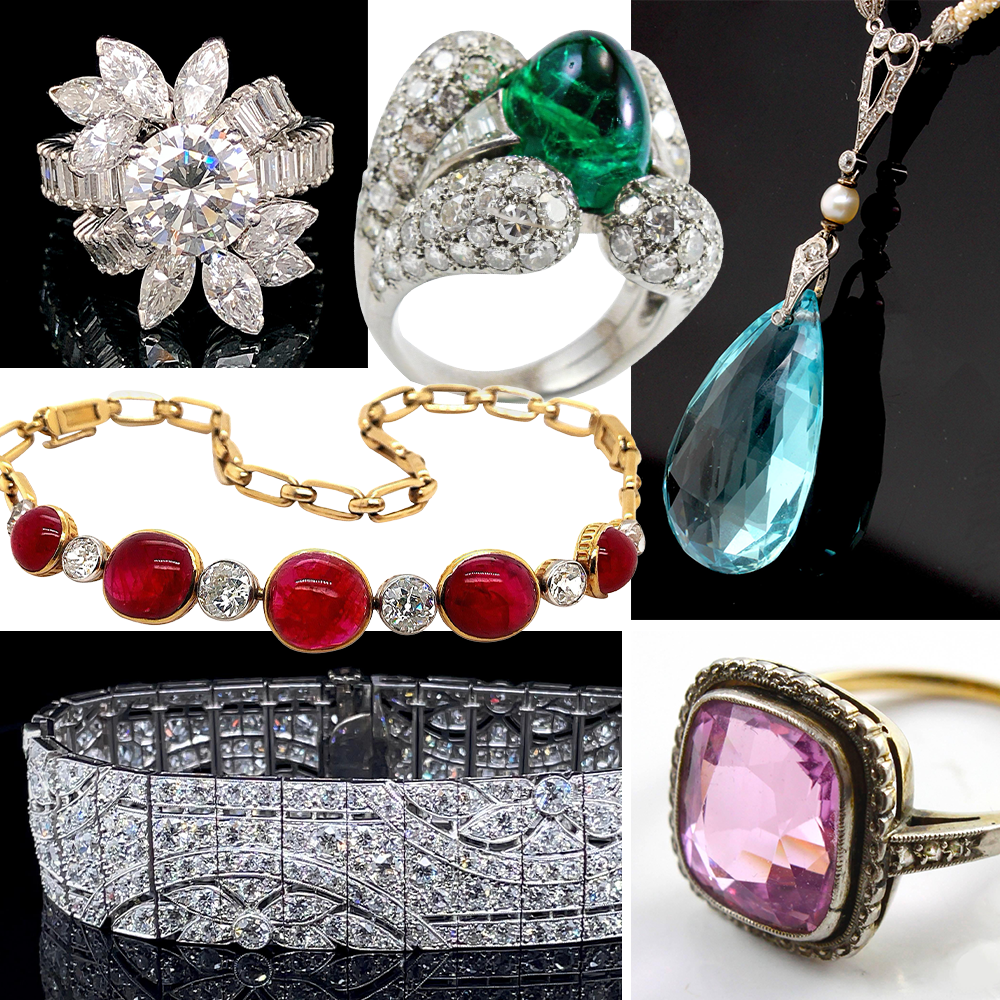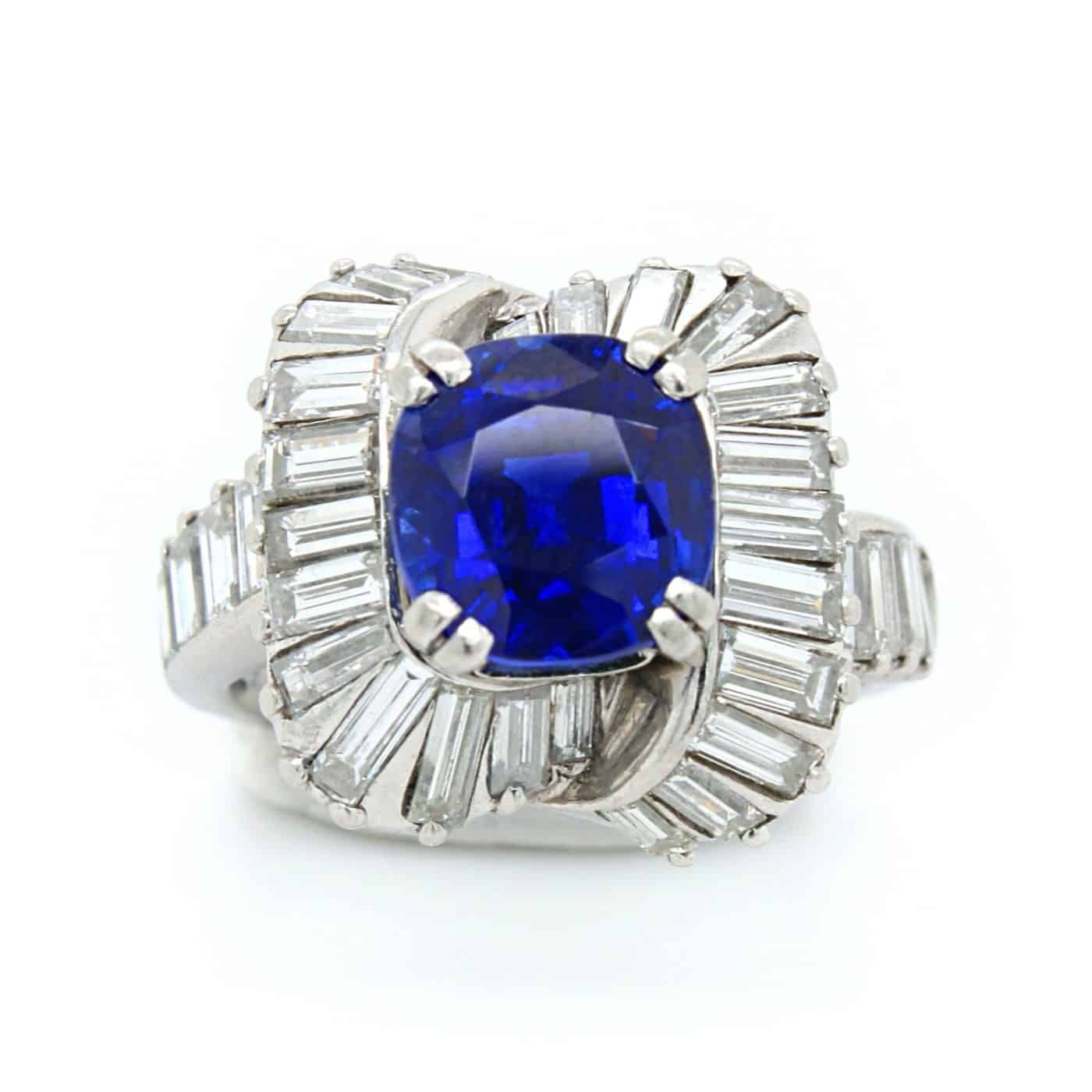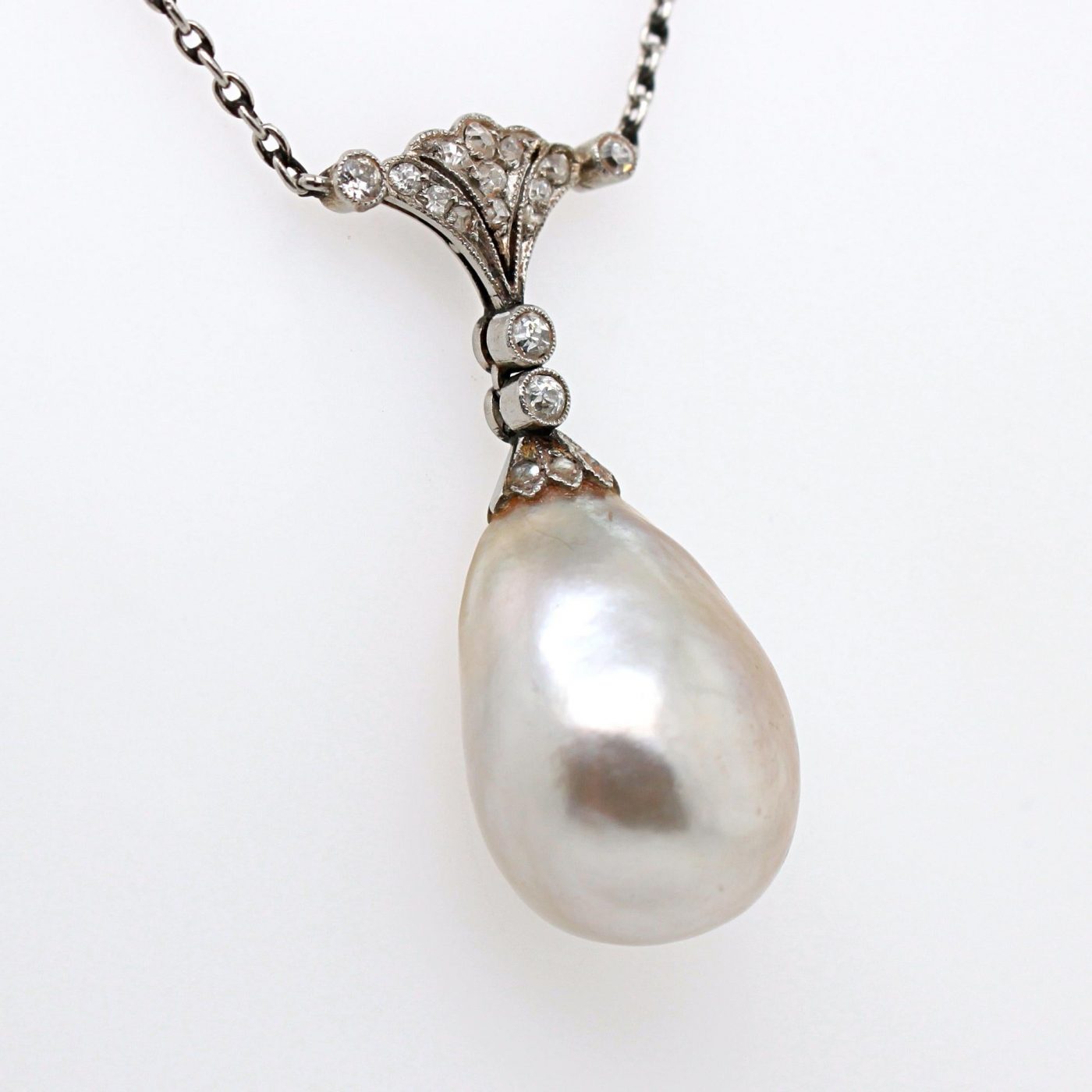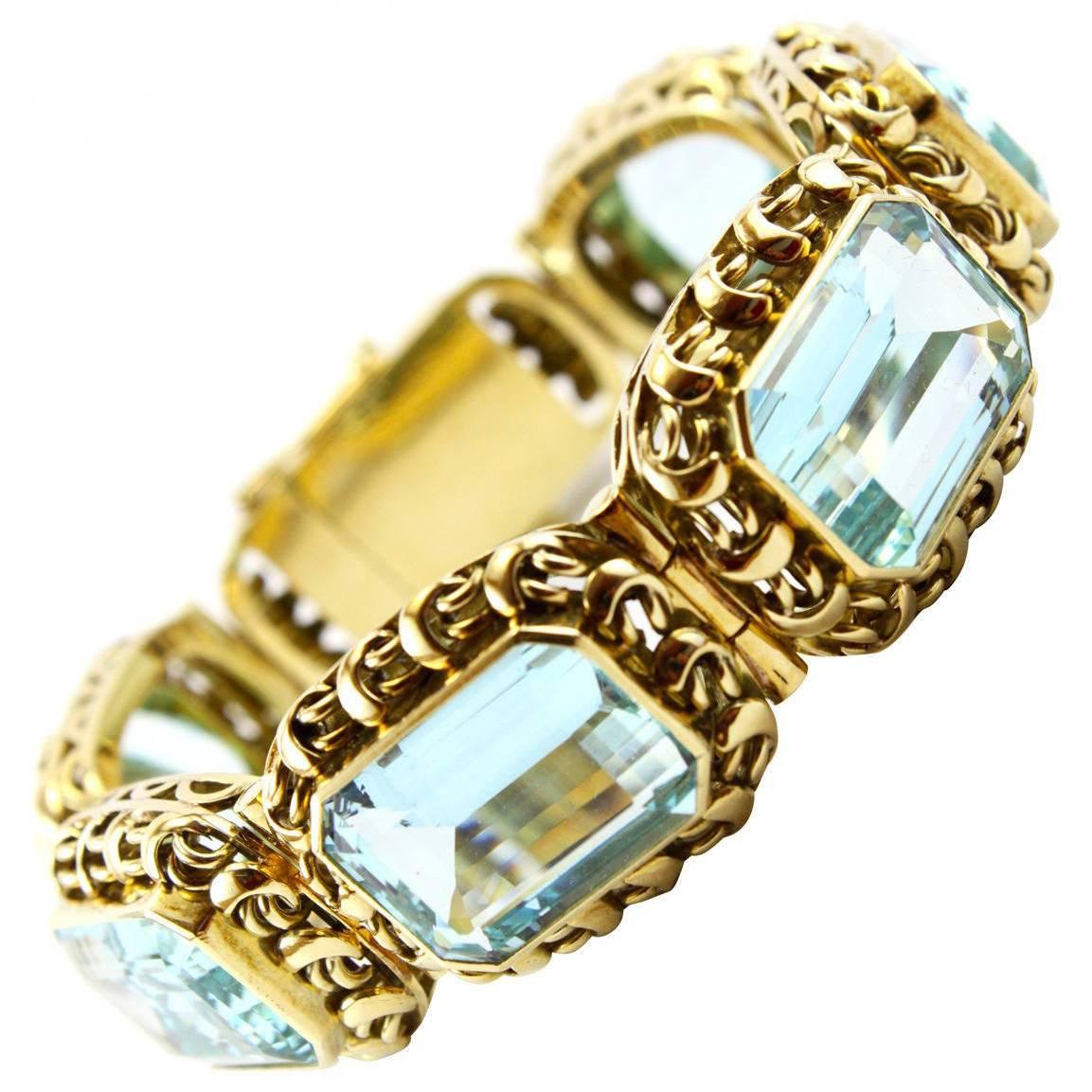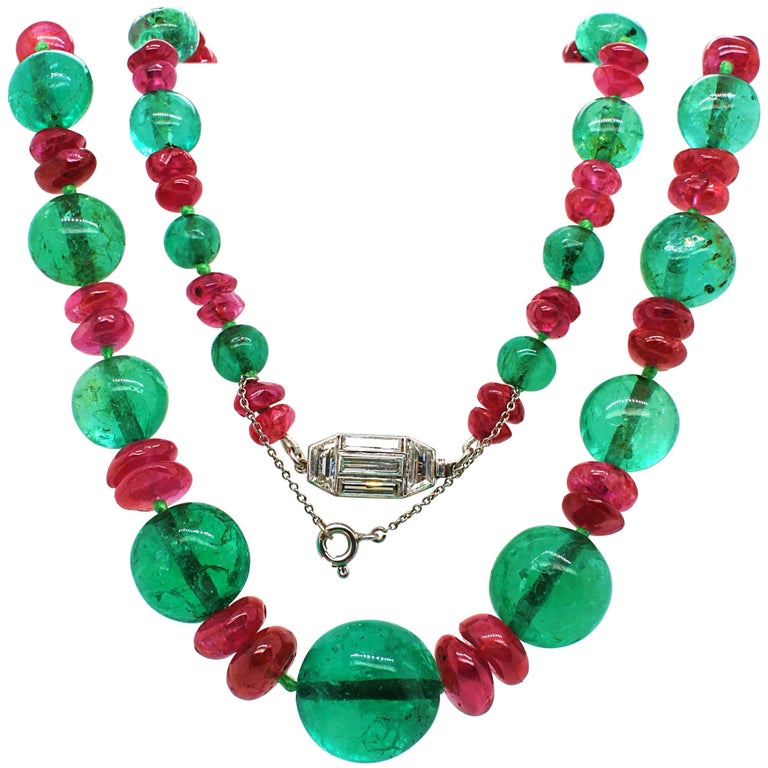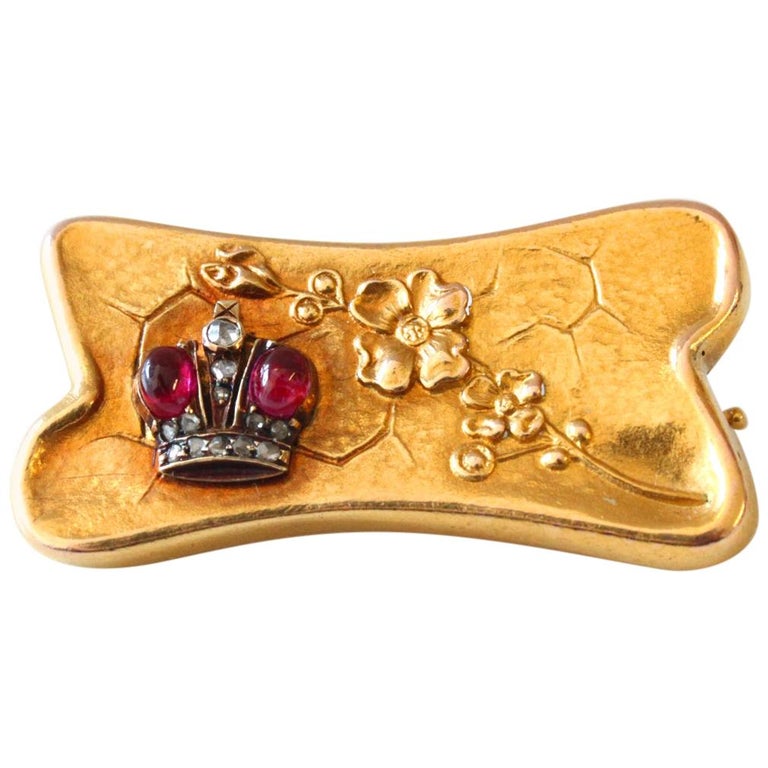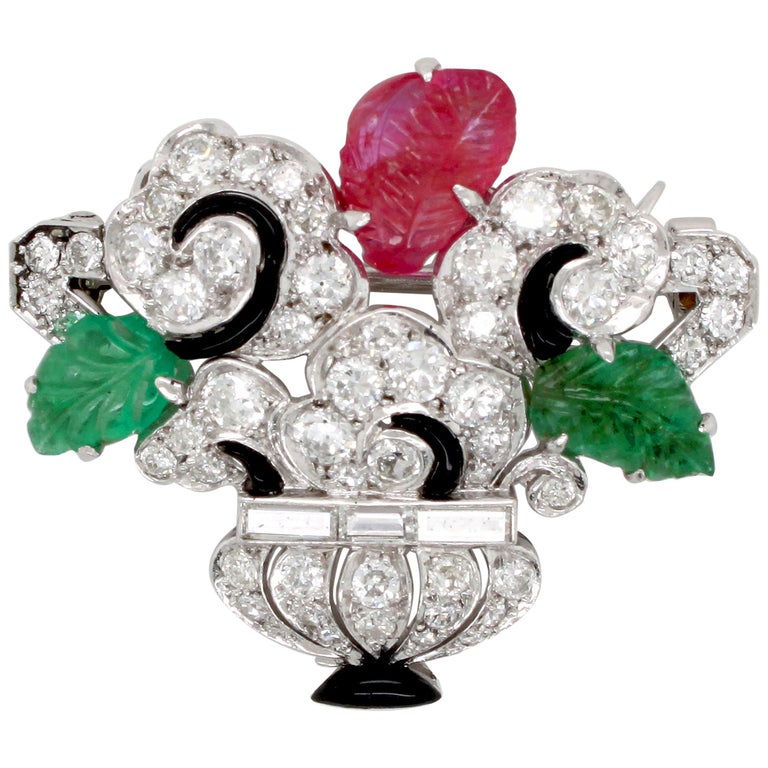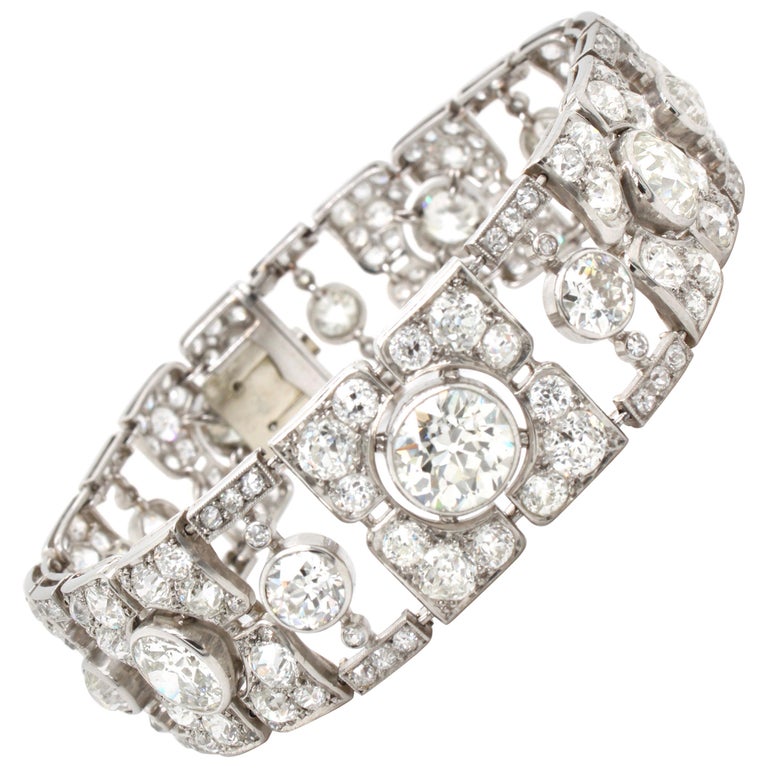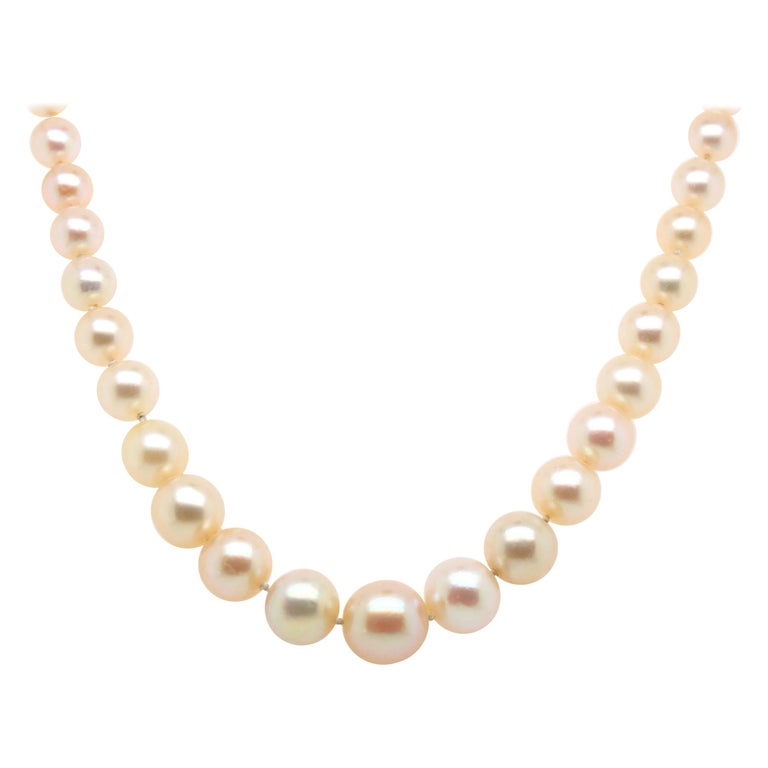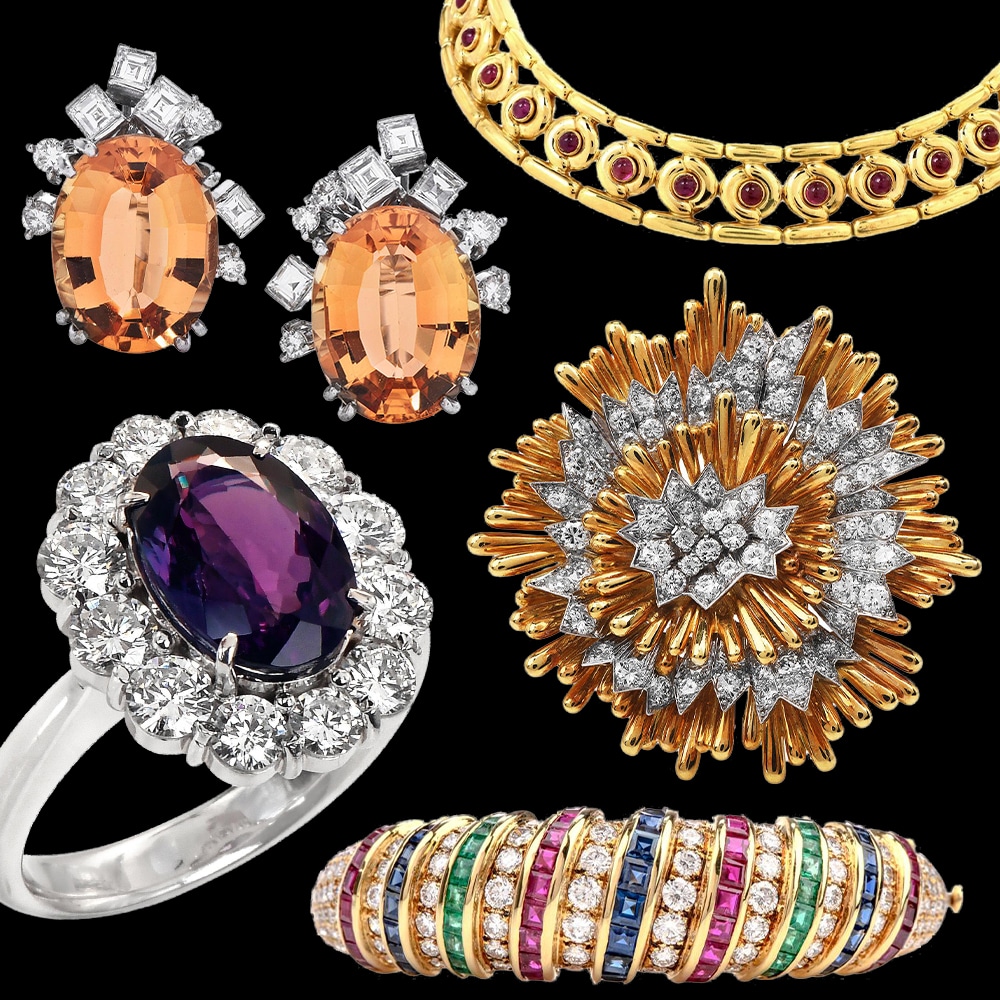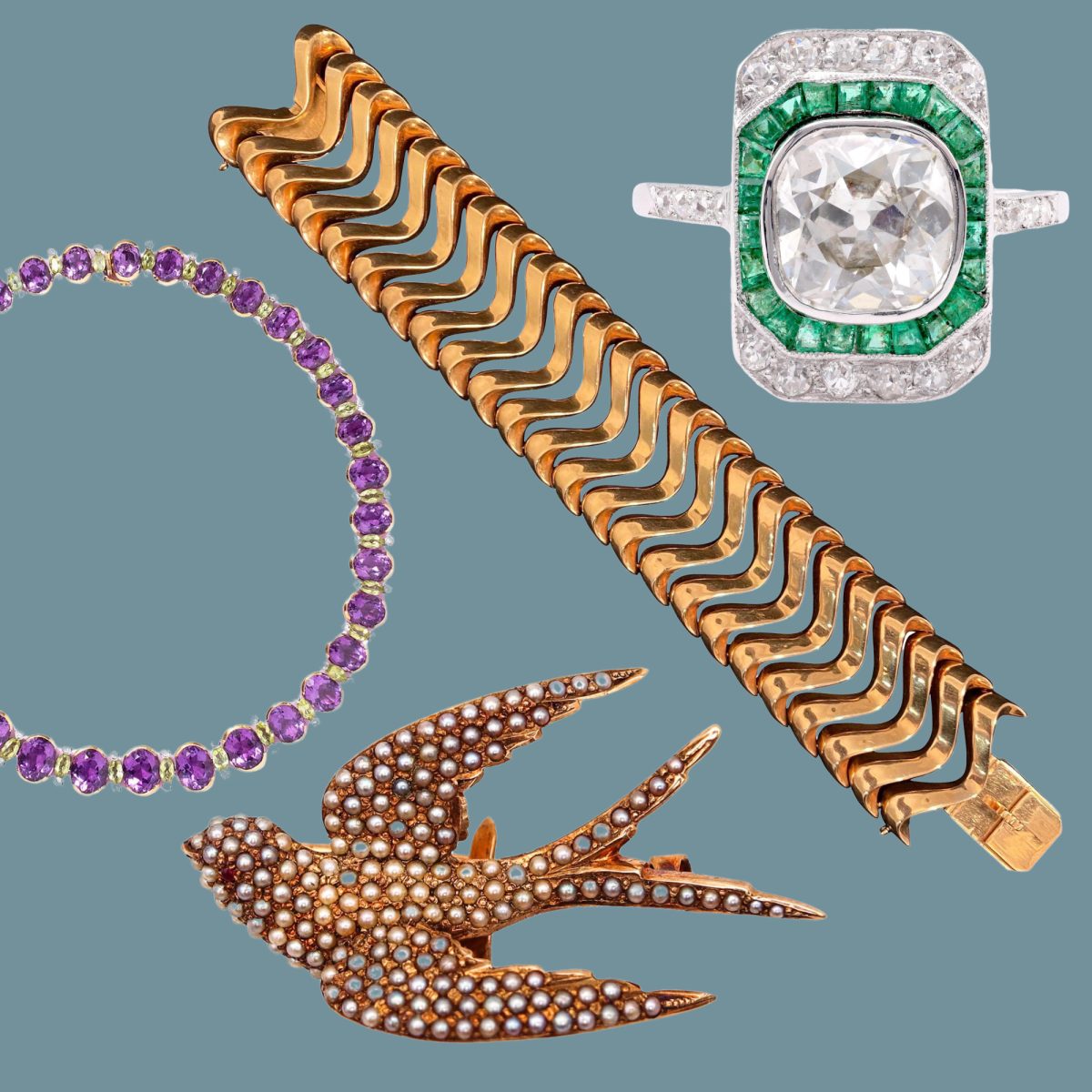November 7, 2021Vinit Rakyan comes from a long line of jewelers spanning more than a century, a family tradition he currently carries on in the heart of Idar-Oberstein, Germany. Operating since 1980 in this small village on the river Nahe, his company, Global Gems, has earned a worldwide reputation as a prestigious dealer in antique jewelry and rare gems. “We are driven by jewels that are unique and iconic in their design and craftsmanship, set with rare gemstones, and have intrinsic value,” he says.
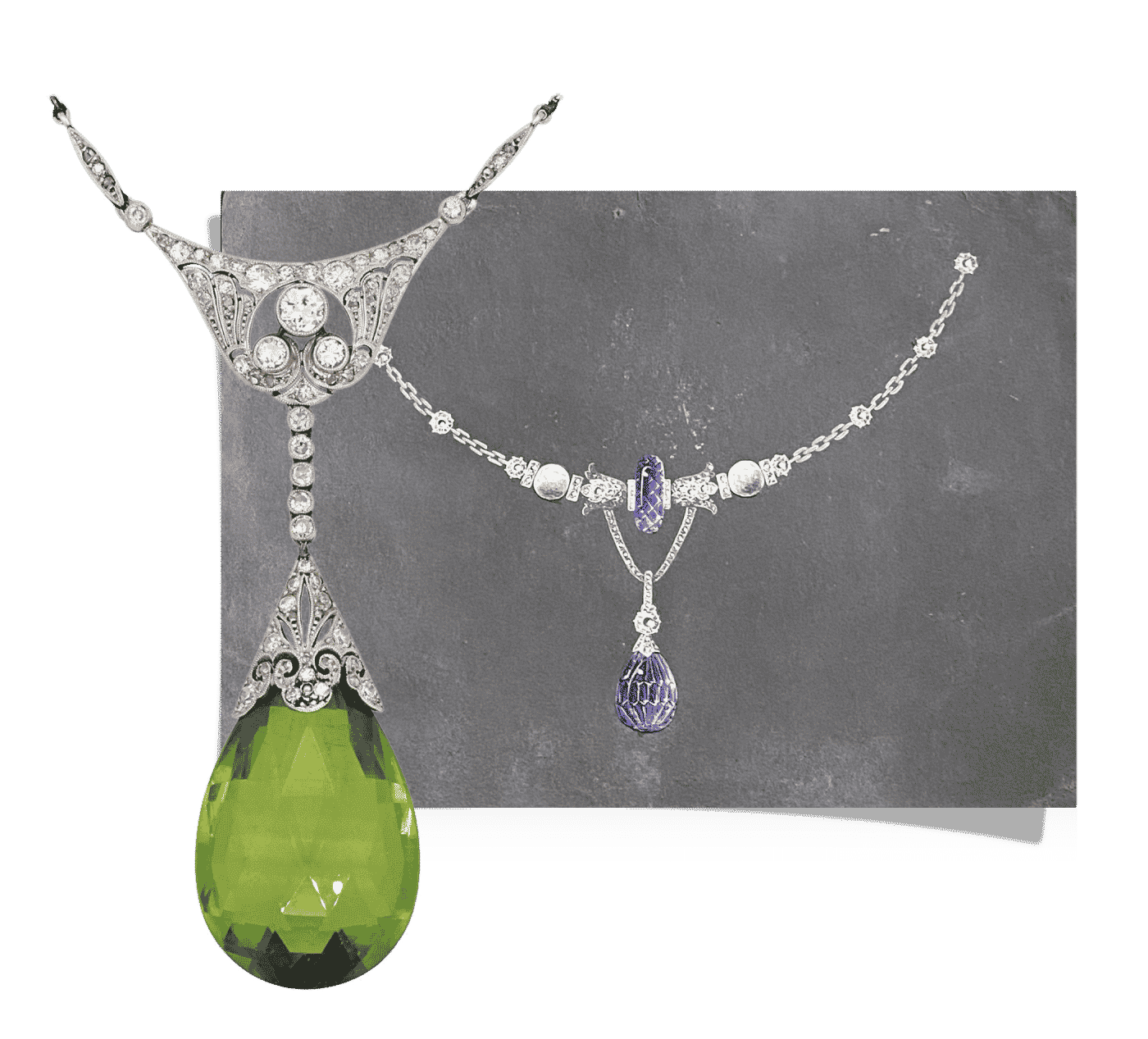
Global Gems typically maintains a rigorous exhibition fair schedule throughout the year. International travel, however, is still a challenge, and Rakyan is fortunate to be based in one of the jewelry industry’s historically most important gem centers. In recent years, of course, India has become the unequivocal gem-cutting capital of the world. But Idar-Oberstein’s prominence dates all the way back to the 15th century and continues to this day. “Local deposits of agate, jasper and quartz attracted many gemstone cutters and carvers to Idar-Oberstein, and since then, the gemstone industry has constantly adapted itself here,” says Rakyan. “After the depletion of the local deposits in the nineteenth century, Idar-Oberstein secured its position in the industry through the global rough-gemstone trade, and today it still houses some of the best and finest cutting units and lapidaries, as well as rare gemstone collections.

“It continues to be a sought-after address worldwide,” he adds, “including for the biggest jewelry houses, workshops and designers, such as Cartier, Van Cleef and Arpels, Boucheron, Fabergé, JAR and many others.”
A specialist in Victorian, Art Nouveau, Belle Époque, Art Deco and Retro styles, Rakyan admits that he is partial to signed Deco pieces by the great French houses. “We believe the jewelry design, creativity, selection of gemstones and craftsmanship during this time are unmatched,” he says. “The pieces are timeless and very fashionable and wearable.”
Below, Rakyan shares his passion for Art Deco jewels, as well as his predilection for exceptional blue sapphires and natural pearls.
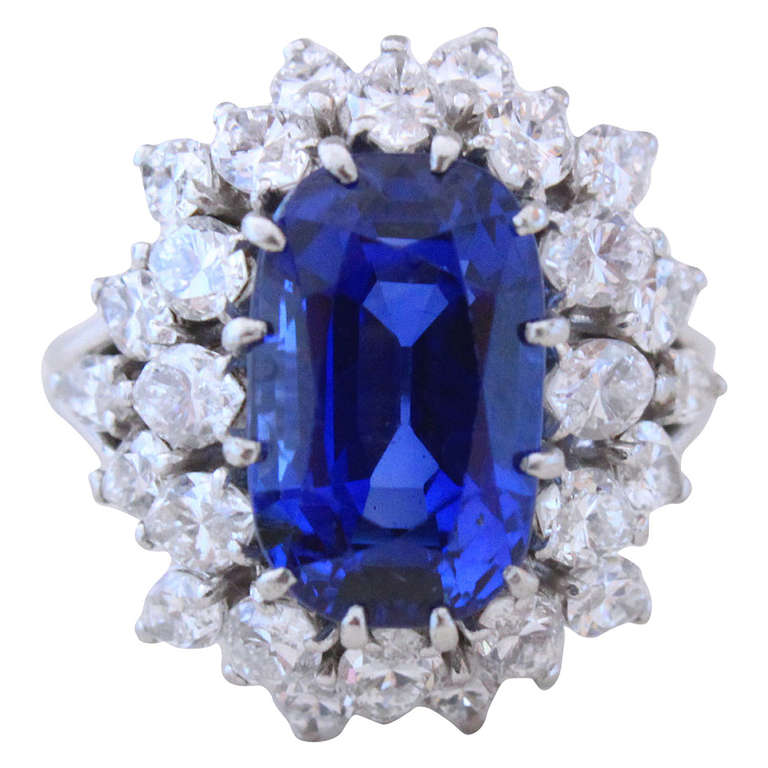
Is there a piece on 1stDibs that came to you through your connections in Idar-Oberstein, something that might have been difficult to procure via another channel?
We recently added a very fine Burmese sapphire and diamond ring by Boucheron to our collection. According to its provenance, the center stone was cut in Idar-Oberstein, which is why the client came to the gemstone center to sell it. Once we saw the ring, we were mesmerized by the vivid color and brilliance of the sapphire and were in no doubt that the original cutter of the gemstone extracted the most beautiful properties of the rough stone it came from. It didn’t take much convincing for us to purchase this ring.
Other than that, we have sold some fantastic pieces locally and regularly source all kinds of gemstones in varying price ranges for our clients from our connections in Idar-Oberstein.
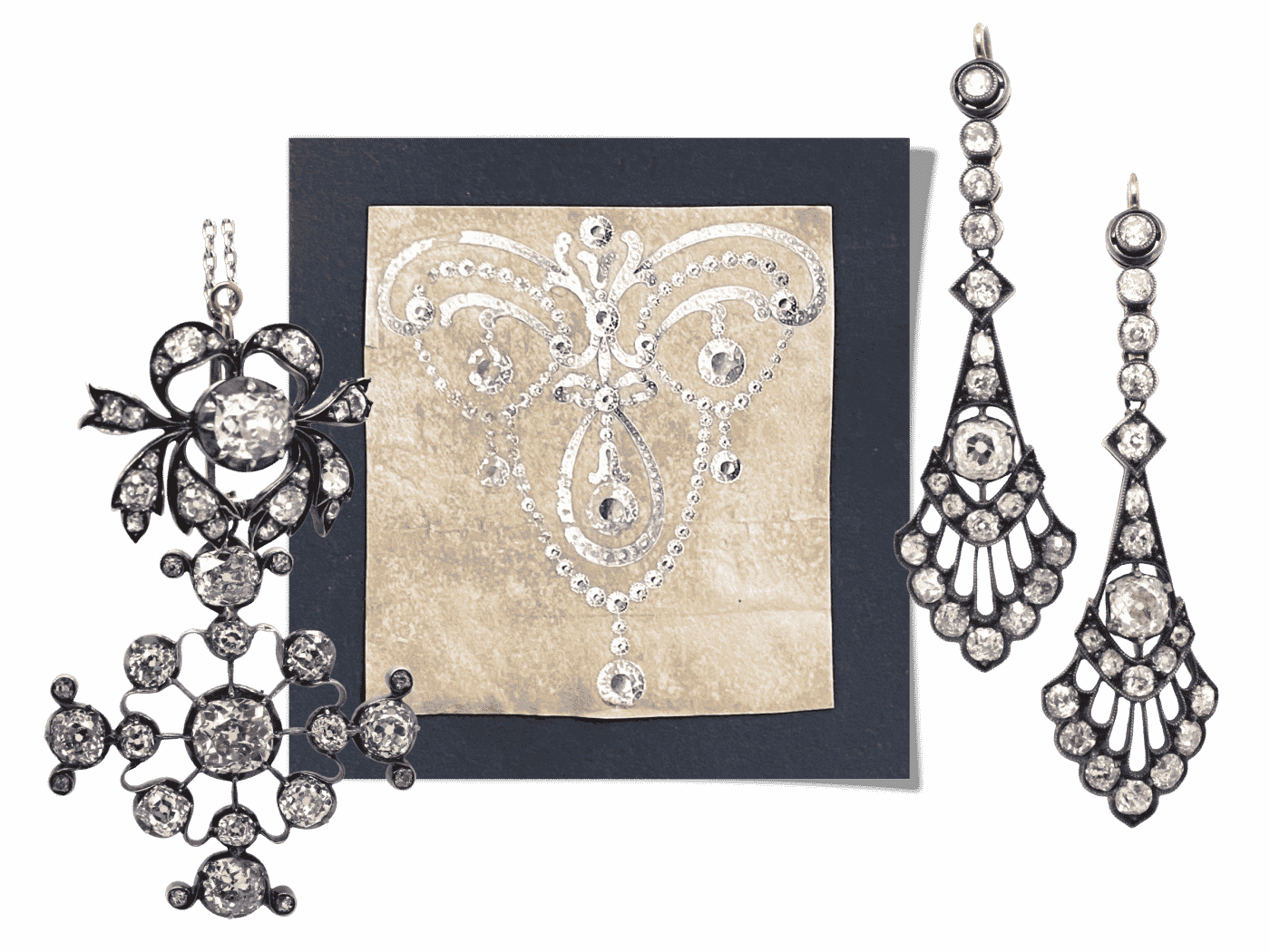
Can you point to pieces in your collection that exemplify the caliber of jewel you have access to?
Kashmir sapphires and natural Basra pearls are the epitome of beauty in their respective gemstone categories and also of rarity — their deposits and mines are depleted — so they are considered the pinnacle of acquisitions for any jewelry collector. We have one very fine example of each: First, a Kashmir sapphire and diamond ring from the Parisian jewelry house Mauboussin, which was part of its engagement ring collection from the nineteen-fifties. The ring has excellent craftsmanship, and the Kashmir sapphire has an exceptional, highly sought-after deep blue color that is known as “royal blue” among collectors and gem connoisseurs.
We also have a natural saltwater pearl pendant from the Edwardian period. Saltwater pearls from the Persian Gulf, also referred to as Basra pearls, were found in small sizes and various shapes. A perfect round or drop-shaped natural pearl in a bigger size is an extraordinary phenomenon of nature and a rare collectible. Necklaces, tiaras and brooches with a big pearl like the one in our necklace—it’s seventeen millimeters — were historically commissioned and reserved for royal families.
What do your most passionate collectors have in common?
A sharp eye for the quality of workmanship, a passion for fine gemstones and the ability to distinguish a rare and extraordinary piece from the mass-produced.
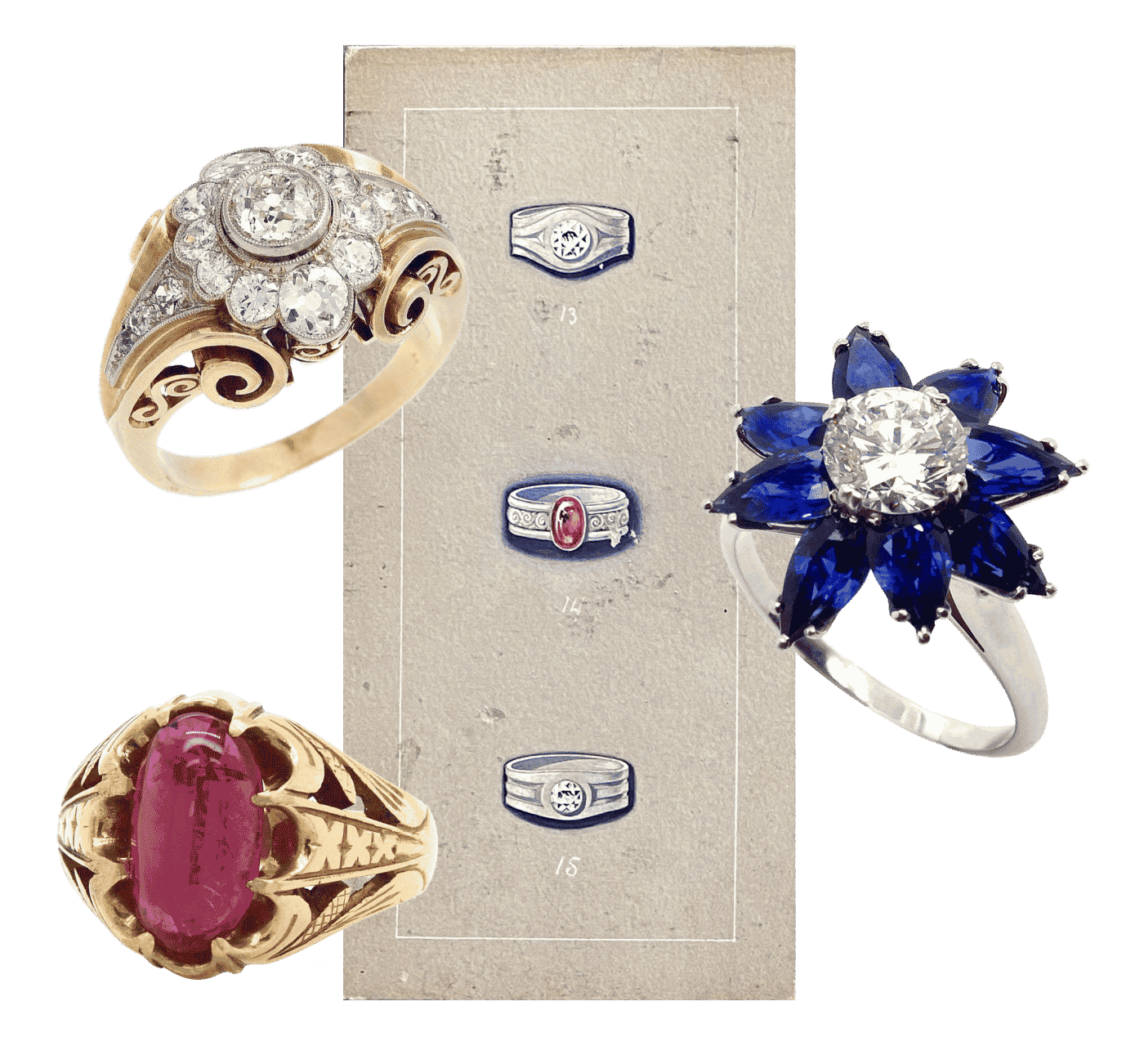
Have you noticed any commonalities as far as what your collectors are buying and asking for?
Currently, we are seeing a rise in demand for anything that is one of a kind. This can be a signed jewel or a Neo-Renaissance piece in impeccable condition. Our collectors are seeking out well-preserved jewelry that gives them joy — they want to own something unique, something that speaks to them.
What types of jewels are on your “holy grail” list for acquisitions?
We are very passionate about jewels with fancy colored old-cut diamonds, velvety deep blue Kashmir sapphires, pigeon’s blood Burmese rubies and very exceptional Colombian emeralds. We have also had the pleasure of owning some of the world’s largest — and most historic— natural Basra pearls, and we are always seeking out iconic signed, period jewels, for example VCA ballerinas and Cartier Tutti Frutti Art Deco pieces.

What is your best advice for younger collectors looking to grow their collection into something outstanding?
We suggest young collectors target pieces that speak to them, be it a jewel or a gemstone. It doesn’t always have to be the biggest and most expensive one but even, for example, cute small charms with colored gemstones or a Victorian ring with rose-cut diamonds — both can be small packages of joy and will maintain their value. The important part is that the item should be of a very high quality, as this is what defines a jewel.
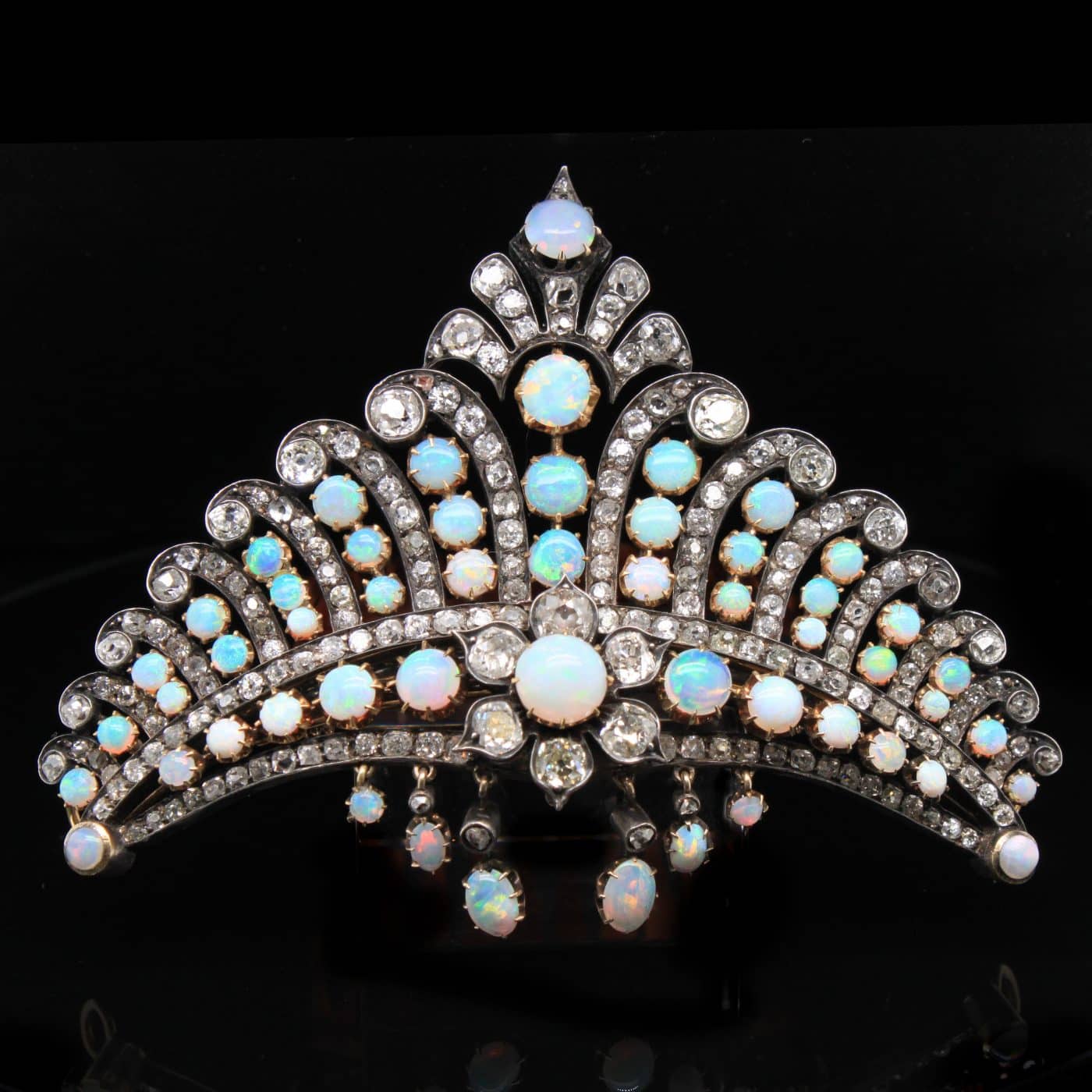
Once the collection expands, there are rare gemstones, such as Kashmir sapphires, Burmese rubies, Colombian emeralds, natural Basra pearls and Golconda diamonds, as well as historic and signed jewels, that should not be missing from any important collection. These pieces cannot be replicated, and finding and acquiring good examples of them is what every collector should strive for.
